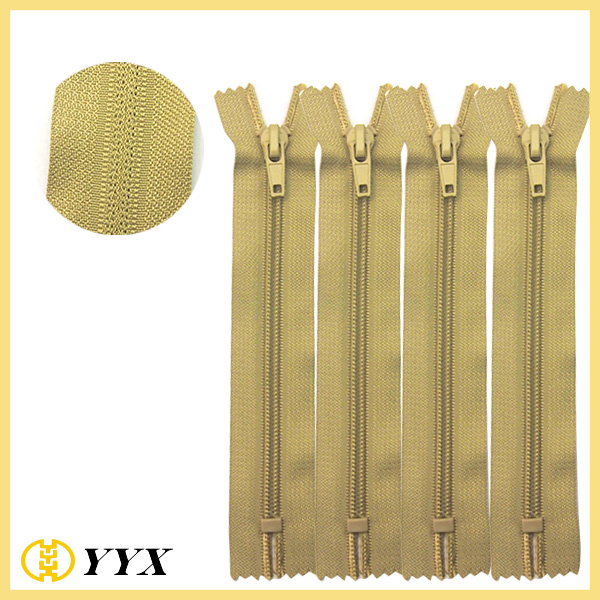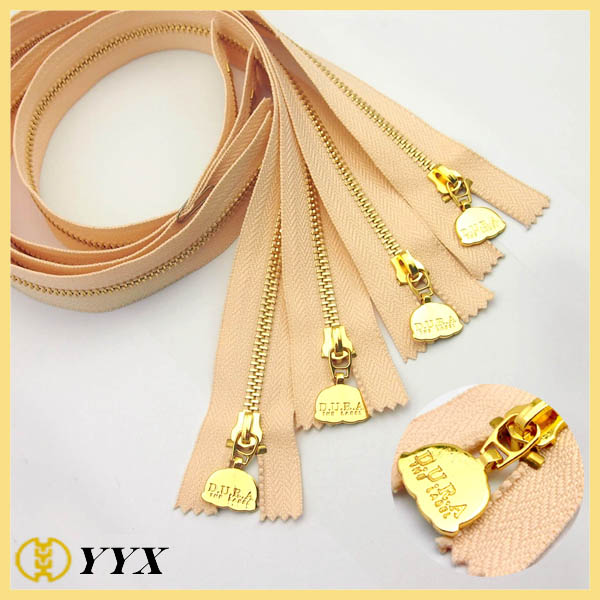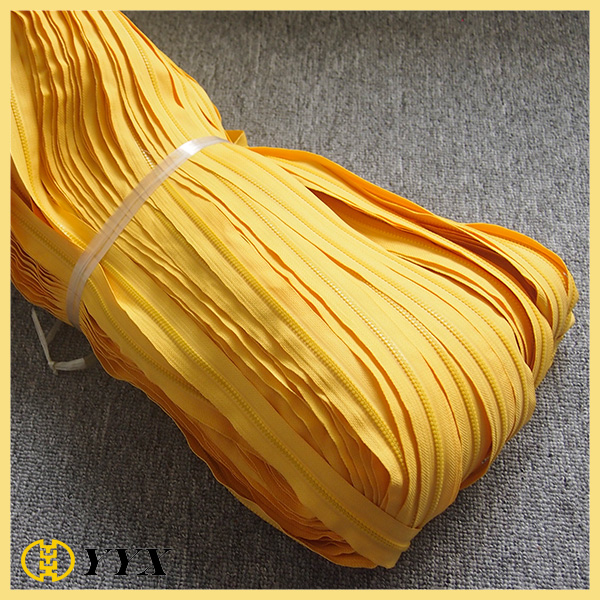Zip it! We love the sound, the look, and the functionality of Zippers. But most of us are not so in love with installing them in our sewing projects. In fact, there's probably no sewing technique more dreaded than learning how to properly install a Zipper. If you're a regular S4H visitor, you know that's a challenge we can't walk away from. Today, you are going to learn how to master the most conventional zipper technique. Once you`ve done so, one warning: anyone who finds out about your new skill will be dropping off all kinds of items with broken zippers on your front porch. Ha! Pull them inside, and teach them how to do it themselves! The steps shown below are for a "conventional" zipper as you might use on a garment – where the fabric meets along the center of the zipper teeth, concealing them.
Interestingly, Elias Howe, the same man credited with inventing the sewing machine, received a patent in 1851 for the first zipper, which he called: "Automatic, Continuous Clothing Closure." It`s speculated that due to the popularity of his first invention, he never produced this very early version of the zipper.
The zipper`s next debut was at the Chicago World`s Fair in 1893. This version, called the [Clasp Locker," was designed by Whitcomb Judson as a shoe closure.
In 1913, a Swedish-American engineer named Gideon Sundbäck designed the more recognizable zipper while working for the Universal Fastener Company. Its sole purpose at the time was for military use on boots, life vests, and flying suits during WWI. Sundbäck received a patent in 1917 for a version with additional teeth and a slider, which he called the [Separable Fastener."
In 1923, Benjamin Goodrich took Sundbäck`s design into the modern age by installing zippers into everyday rubber boots and tobacco pouches. It was the sound the zipper made when opening and closing that gave Goodrich the idea for the official name we know and love today: the Zipper.
If you think these gentlemen are the main cause for zipper anxiety, think again! In 1930, it was the fashion industry that began to use zippers on children`s clothing and in men`s trousers. The zipper made it easier for children to dress themselves, and men would no longer be embarrassed by wrongly-buttoned fly closures. The zipper quickly became all the rage and we've never looked back.
With such a long and interesting history, it`s not surprising to find zippers everywhere today, from your favorite jeans to NASA space suits, as functional closures or pretty embellishments. They`re available in a variety of types, lengths, sizes (meaning the size of the teeth), colors, and finishes.
Zippers can be made of metal, plastic or nylon, and are fitted on a woven or knitted tape made of cotton, cotton blend or polyester. The teeth on zippers are constructed in one of three ways, either chain, molded or coil.


